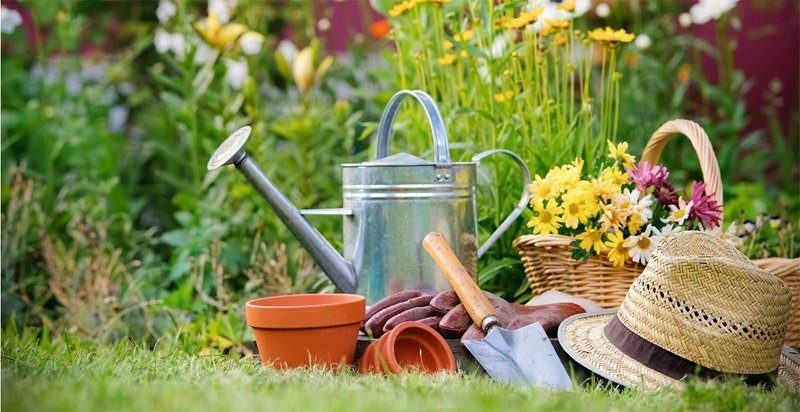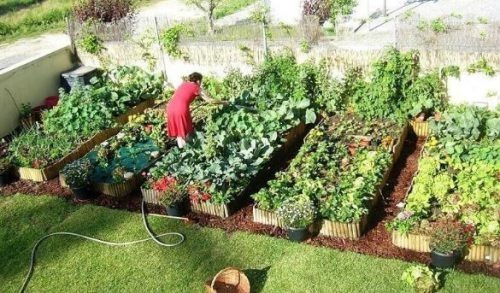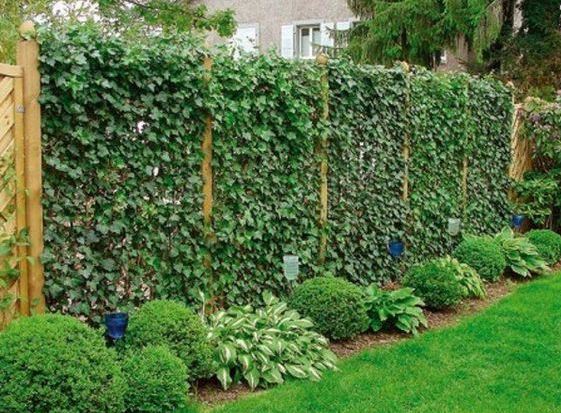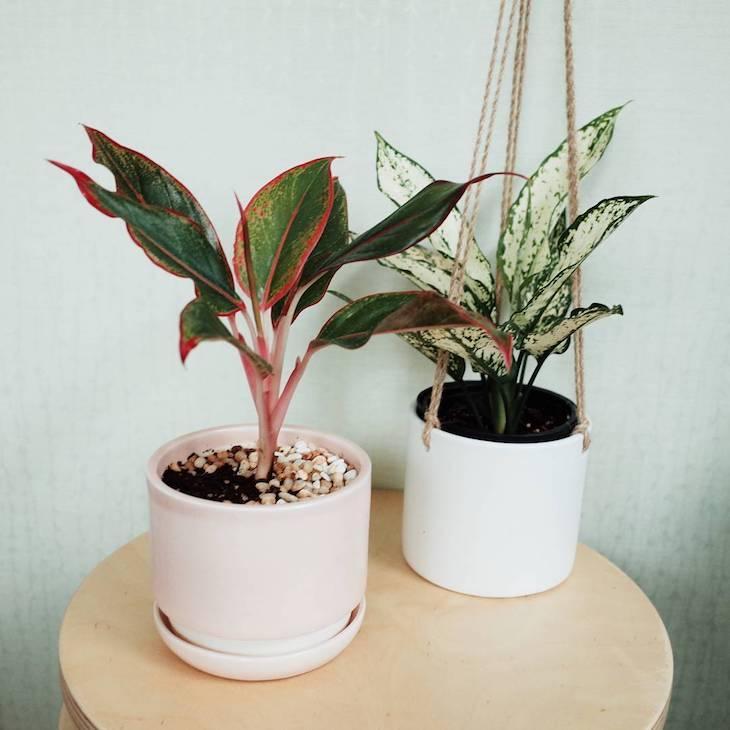As the season’s change, concerns about protecting plants from frost also begin, whether they are on the terrace or in the garden.
Although low temperatures are a natural and recurring phenomenon, changes in climate variability during the last decades cause frosts to occur unexpectedly and even in areas where they did not normally occur.
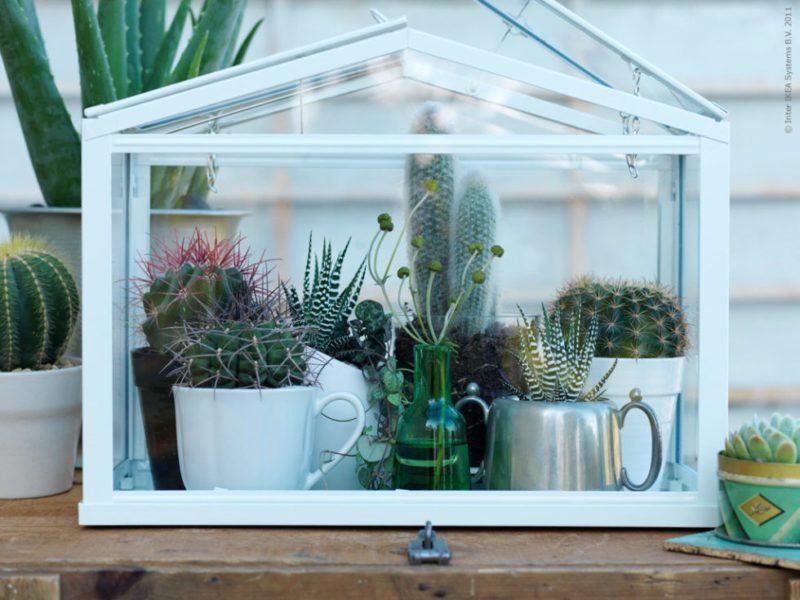
Frosts are climatic events of great concern, and while the vulnerability is highly species-dependent, there are also some exposure factors with which to mitigate the effects.
.
What is frost?
Although the terms “frost” and “freezing” are used interchangeably and under the vague definition of temperatures equal to or below 0 ° C, there are technically two types of frost:
- Advection frost: also called “traveling frosts”, they are those that originate from the irruption of cold air, generally produced during winter, which invades, occupying the lower layers of the atmosphere.
- Radiation frost: occurs due to the loss of heat produced during the night, when the cooling is very strong, the water vapor condenses and dewdrops are formed in the form of frost. These occur more frequently in spring and autumn, although they also occur in winter when they can be combined with advection.
This differentiation is important when recognizing what protection measures it is possible to take to protect our garden or orchard from frost.
.
How to protect plants from frost
Protection techniques are normally divided into direct (or active) and indirect (or passive) methods that can be considered depending on the type of frost or intense cold that occurs in the area where the crop is located.
-
Passive or indirect
These methods include precautions based on biological or ecological techniques that are put into practice from the choice of species and varieties suitable to the area (preferably indigenous).
On the other hand, the location where the orchard is located, the distribution and orientation in the garden ornamentation, since the cold tends to accumulate in the lower areas but can be retained (to some extent) at the top of the obstacles like walls and hedges.
On the other hand, stony soils are cooler than compact soils. The cooling usually intensifies at night, when the soil loses the accumulated heat during the day, so that, in addition to the type of substrate, the coverage is of fundamental importance. A soil covered by vegetation or dry leaves will accumulate more heat than dry soil.
In the case of the pots, it will be necessary to condition their exterior, wrapping it with paper, and the bottom part, with partitions to allow the air to circulate underneath, to limit excessive cooling to a minimum.
-
Active or direct
This type of protection includes procedures to create an environment or microclimate that keeps plants out of danger of frost.
The procedures have two approaches: that of supplying heat and that of taking advantage of heat.
- To supply heat, in medium crops and greenhouses, sprinkler irrigation systems and wind machines are often used, which demand considerable energy.
- To take advantage of the heat, in the case of gardens and terraces, temporary plastic covers can be used. It will be important to monitor the conditions, or cover them only at night or only when there is a risk of frost.
In geographic areas where sub-zero temperatures can be sustained for a long time during winter, it may be economically inefficient to use only active measures, since they require too much work and energy.
Passive techniques are usually the most appropriate when it comes to advection frosts, while active methods are recommended for irradiation frosts, which normally occur in autumn and spring.

